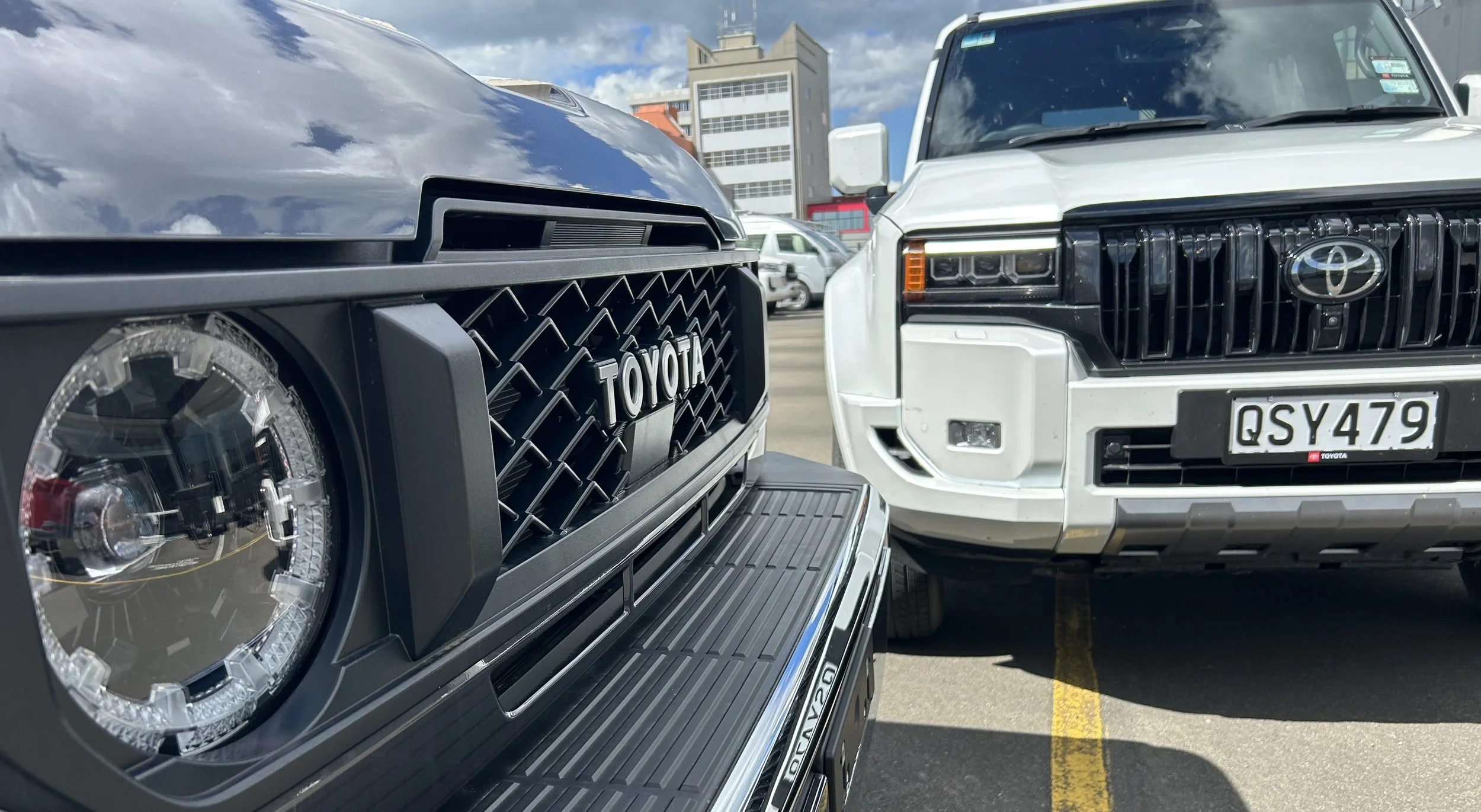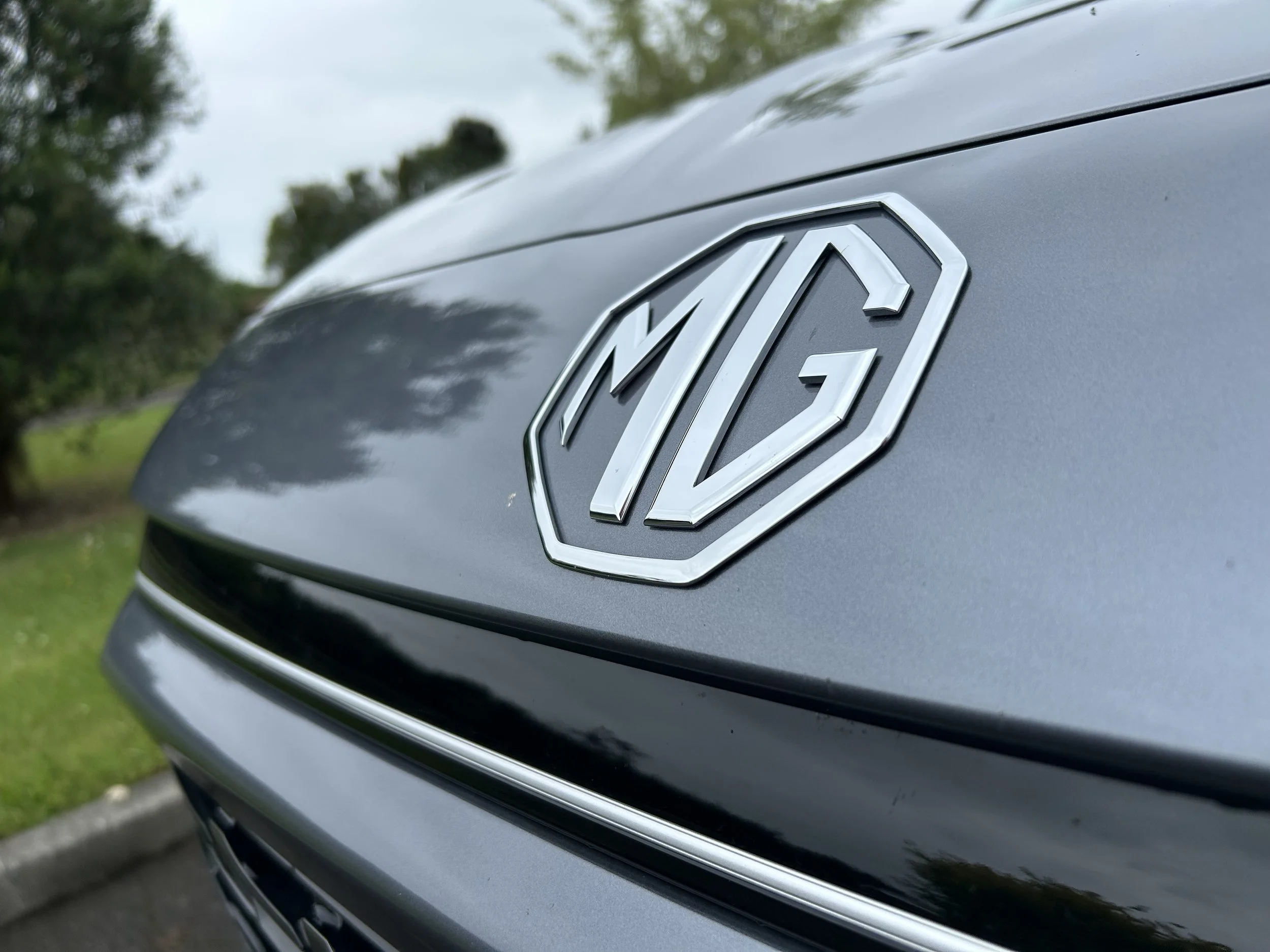Remembering C Harold Wills
/He was known for an infectious and boundless energy, a sharp mind and a profound ability to transform ideas into reality.
A Wills Saint Clair 1921 Roadster
THE pantheon of men and women who played a role in putting the word on wheels at the dawning of the 20th century is lengthy.
A select few such as Henry Ford, John and Horace Dodge, Louis Chevrolet and Charles Nash were awarded a dubious form of immortality as brand names. Others have faded into obscurity with the passing of time. Counted among the latter is C. Harold Wills.
Wills was known for infectious and boundless energy, a sharp mind, and a profound ability to transform ideas into reality. His mother was an avid fan of the writings of Lord Byron, specifically Childe Harold's Pilgrimage.
Childe Harold Wills despised his name and insisted that instead people use his first initial. His father was well known in Fort Wayne, Indiana as a railroad master mechanic, and began teaching his son the use of tools almost as soon as he could walk, according to stories told by Wills. At age 17 his four-year apprenticeship with the Detroit Lubricator Company commenced. In the evenings he took night courses and studied metallurgy, mechanical engineering, and chemistry. With completion of his studies he accepted a position with the Burroughs Adding Machine Company and by age 23 was employed as the company’s chief engineer.
Fortuitously in 1902 he was introduced to Henry Ford. Intrigued by Ford’s work with the building of a performance cars, Wills began assisting at nights with two legendary race cars, the 999 and the Arrow. This relationship would last seventeen years before ending in a heated argument.
As Ford’s principal shop assistant Wills’ first major contribution drew upon his metallurgical training as he worked on a means to produce lightweight, strong, nickel-chrome vanadium steel in volume. A relentless search to find a mill that would work with him led to a small company in Canton, Ohio. The new lightweight but strong steel was used in production of the 1907 Model N. He was also a major contributor to development of the Model T as it was Wills that conceived and developed its planetary transmission. As a curious historic note, he was an amateur calligrapher and designed the now legendary Ford script.
By WWI Wills and Ford's relationship was strained. Time and again Ford had claimed credit for his work and Charles E. Sorensen was hired as Ford’s right hand man. In 1919, to strengthen his hold on the company Ford began buying out shareholders. This included the Dodge brothers (John Dodge had served as the vice president of Ford). Rather than meekly submitting to Ford’s power grab Wills threatened legal action if a full accounting of the accrued profit-sharing income owed was not completed. With more than $5 million in his pocket Wills parted ways with Ford. He also had nearly $4 million from investment in steel companies that he had persuaded to produce vanadium steel.
Wills had long toyed with the idea of manufacturing an automobile of his own design. But he was a dreamer, a visionary and launching an automobile company was but one component in a much larger plan for the future. In 1920, he initiated plans to build an automobile manufacturing factory that was to be the anchor in an industrial park as well as a planned housing community for employees that included a park, schools and a complete business district with theater.
The car was named Wills Sainte Claire, after the St. Clair River that separated Marysville, Michigan from Ontario, Canada. The fatal flaw in Wills planned automotive empire was an absolute obsession to create a mechanically perfect automobile. Resultant of that attention to detail, the Wills Sainte Claire introduced in 1921 stunned the automotive community. The car was powered by the industry’s first overhead-cam V-8 designed for automotive use. It had a displacement of 265.4 cubic inches and that was rated at 67-horsepower. That engine was a refined version of an overhead valve V-8 engine Wills had designed for aeronautical application during WWI. The engine made extensive use of molybdenum steel, had crossflow induction and exhaust routing, and the block and cylinder heads were cast as a single unit.
The car was doomed from its inception. It debuted with a $3,000 price tag in the midst of a post war reception that had decimated automobile sales. As a comparison, a comparable Cadillac could be purchased for $2,800. Mechanical complexity equaled a high cost of repairs. Still, Wills had realistic expectation and set his breakeven point as 1,500 cars annually. The first year’s production was a mere 900 cars. Anemic sales, and Wills near constant improvements to the manufacturing facility and the cars fueled mounting losses. Even eye-catching plaid paint jobs were not enough to keep the company solvent and in 1927 production ceased. Only 12,000 cars were manufactured under the Wills Sainte Claire name.
Wills was out but not finished. He signed on with Ruxton to assist with development of a transmission for the front wheel drive automobile. He then went to work at Chrysler as a metallurgist. Unfortunately, his attempts to sell or collect royalties under a limited license arrangement for a patented process for production of all steel body shells were unsuccessful. Both Ford and General Motors deemed the process cost prohibitive and continued using wood framing for their vehicles. The smaller independent companies such as Hudson, Packard, Studebaker and Nash could ill afford the investment either, especially amidst the economic troubles of the Great Depression.
Interestingly enough, Wills patents expired in 1937, the year that Ford and GM introduced their first all steel bodied automobiles. It was the final chapter in an amazing automotive career. In the closing days of 1940, Wills suffered a major stroke and was rushed to the Henry Ford Hospital in Detroit. He died there before the dawn of the new year.
C. Harold Wills, a forgotten automotive pioneer.
Written by Jim Hinckley of jimhinckleysamerica.com

















